
Russell County is a county in the U.S. state of Kansas. Its county seat and largest city is Russell. As of the 2020 census, the population was 6,691. The county was named for Avra Russell. The city of Russell was the home of former U.S. Senate Majority leader and 1996 GOP presidential nominee Bob Dole for many years.
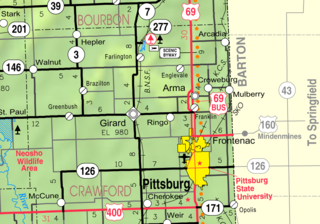
Mulberry is a city in Crawford County, Kansas, United States. As of the 2020 census, the population of the city was 409.
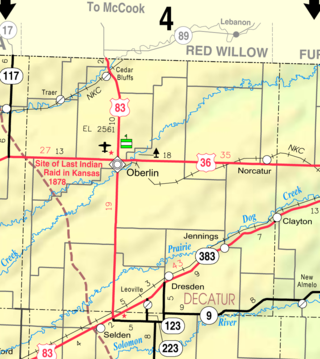
Jennings is a city in Decatur County, Kansas, United States. As of the 2020 census, the population of the city was 81.

Gove City, more commonly known as Gove, is a city in and the county seat of Gove County, Kansas, United States. As of the 2020 census, the population of the city was 80.

Mankato is a city in and the county seat of Jewell County, Kansas, United States. As of the 2020 census, the population of the city was 836.

Sylvan Grove is a city in Lincoln County, Kansas, United States. As of the 2020 census, the population of the city was 291.

Meade is a city in and the county seat of Meade County, Kansas, United States. As of the 2020 census, the population of the city was 1,505.
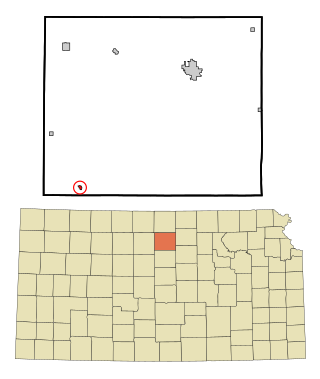
Hunter is a city in Mitchell County, Kansas, United States. As of the 2020 census, the population of the city was 51.

Ness City is a city in and the county seat of Ness County, Kansas, United States. As of the 2020 census, the population of the city was 1,329. Ness City is famous for its four-story Old Ness County Bank Building located downtown and nicknamed Skyscraper of the Plains.

Lyndon is a city in and the county seat of Osage County, Kansas, United States. As of the 2020 census, the population of the city was 1,037.

Overbrook is a city in Osage County, Kansas, United States. As of the 2020 census, the population of the city was 1,005.

Minneapolis is a city in and the county seat of Ottawa County, Kansas, United States. As of the 2020 census, the population of the city was 1,946.

Prairie View is a city in Phillips County, Kansas, United States. As of the 2020 census, the population of the city was 106.

Atwood is a city in and the county seat of Rawlins County, Kansas, United States. As of the 2020 census, the population of the city was 1,290.
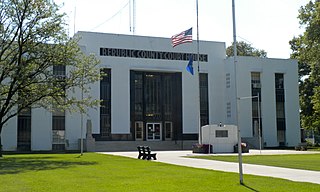
Belleville is a city in and the county seat of Republic County, Kansas, United States. As of the 2020 census, the population of the city was 2,007.
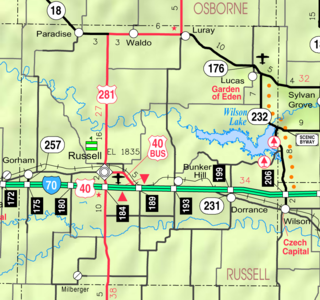
Bunker Hill is a city in Russell County, Kansas, United States. As of the 2020 census, the population of the city was 103.

Lucas is a city in Russell County, Kansas, United States. As of the 2020 census, the population of the city was 332.
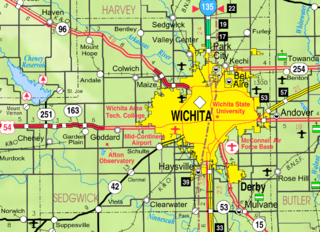
Andale is a city in Sedgwick County, Kansas, United States. As of the 2020 census, the population of the city was 941.

Lebanon is a city in Smith County, Kansas, United States. As of the 2020 census, the population of the city was 178.
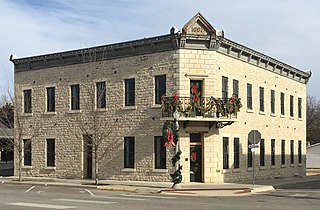
Alma is a city in and the county seat of Wabaunsee County, Kansas, United States. As of the 2020 census, the population of the city was 802.





















